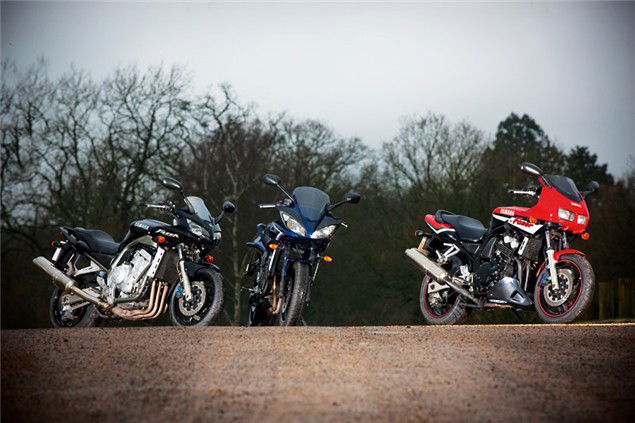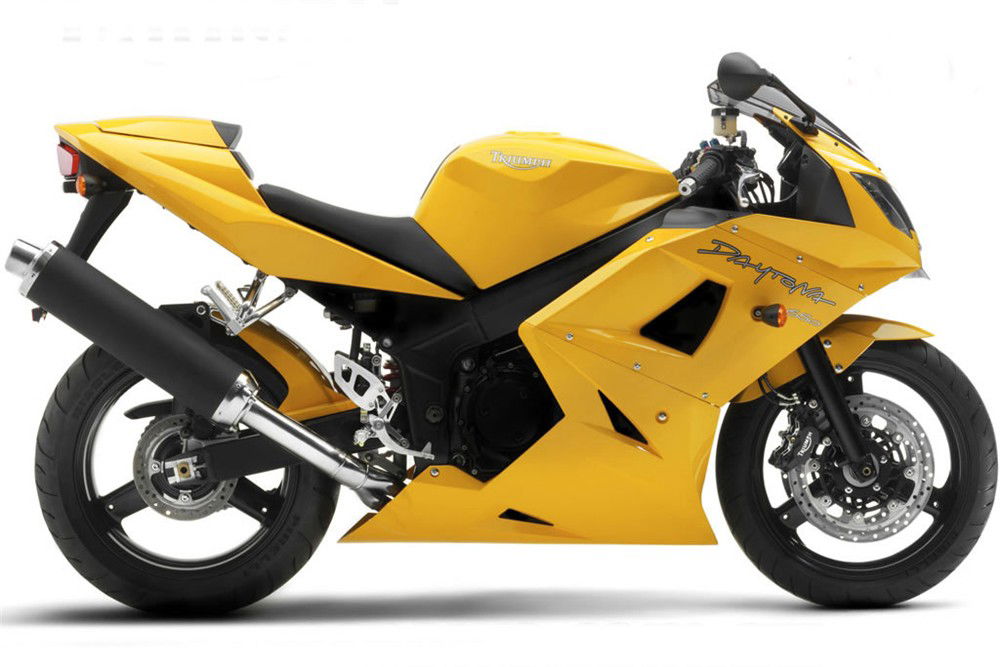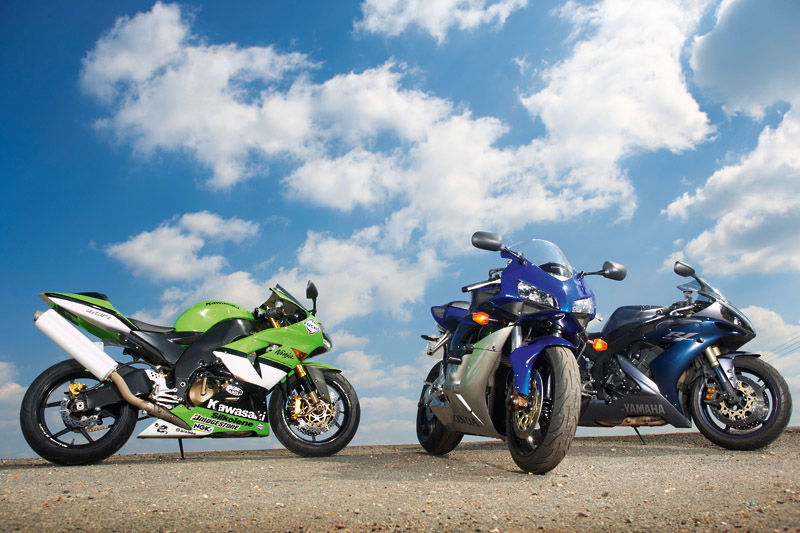The Good, The Bad & The Ugly: used Fazer test
With the new Yamaha Fazer 800 arriving we dip into the secondhand market to sample the best and worst of the Fazer family…


The Fazer has been a mainstay of Yamaha’s range since the launch of the original 600 in 1998. This unassuming model, which was initially labelled a ‘parts bin special’ due to it borrowing most of its major components from existing machines, soon won a huge army of fans and went on to provide the backbone for Yamaha’s sales in Europe. Bikes such as the R1 grabbed the headlines while the Fazer created the volume of turnover that kept dealers in business.
Then in 2001 Yamaha did what everyone hoped, they unveiled a 1000cc version of the Fazer, a bigger bike that 600 riders could progress to. The next step in their riding career had arrived and it retained all the features that made the Fazer so popular, but with an R1 motor. However the Fazer 1000’s introduction wasn’t without controversy. Yamaha initially over-priced the bike and after just half a year was forced to knock £1,000 off its list price, pissing off current owners if not potential buyers. No birth is entirely hassle free and worse was to some.
When you have such a popular machine any change is going to upset an established fan base, but what Yamaha did in 2004 almost put a nail in the Fazer’s coffin. The FZ6 was all new and came with a re-tuned version of the company’s R6 sportsbike engine as well as a flashy chassis. All should have been well. It wasn’t, but more of that later.
Such is the popularity of the Fazer that the second hand market is virtually awash with them and as a result there's a Fazer to suit any wallet. We searched out a 2000 original style Fazer 600 with a price tag of £2,599. Considering its age this high price reflects its popularity in the used bike market, a good one seldom stays on a dealer’s floor but cheaper tatty bikes are easy to locate in private ads.
Next up is its replacement, the FZ6 Fazer. At £4,199 this 2008 model bike is an S2, the second generation of the R6-engined Fazer 600, but in truth little changed between the FZ6 models. And finally we have the daddy of the Fazer range, a 2002 Fazer 1000. At £3,999 you are getting R1 power and Fazer practicality at a bargain price. There must be a catch, or is there?
So, with our assembled clan of Fazers (this seems the best collective term to use) we headed out to discover what lies behind their popularity and to see exactly what the new Fazer 800 has to live up to.

